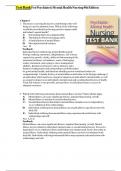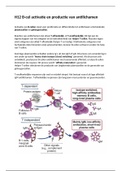Exam (elaborations)
Solution Manual For Introduction to Managerial Accounting, 7th Edition (Canadian Edition) (Brewer), Ch 1 - 14 > Download as a Pdf File <
- Course
- Institution
******** INSTANT DOWNLOAD AS PDF FILE ******** Solution Manual For Introduction to Managerial Accounting, 7th Edition (Canadian Edition) (Brewer), Ch 1 - 14 > Download as a Pdf File < 1. Solution Manual Introduction to Managerial Accounting 7th Edition Canadian Brewer download 2. Where to...
[Show more]





